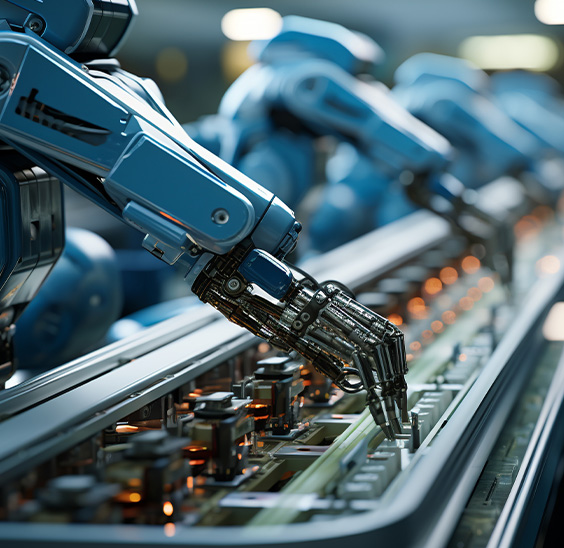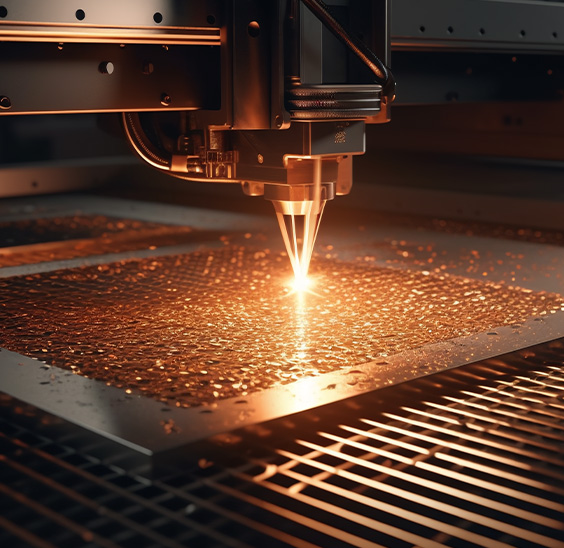Harmonic reducer: a gem of precision transmission technology
Harmonic reducer, also known as harmonic gear reducer or harmonic drive reducer, is a shining pearl in modern mechanical transmission technology. It not only plays a key role in high-end manufacturing fields such as industrial robots, CNC machine tools, aerospace, but also becomes an indispensable core component in the field of precision machinery due to its unique working principle and performance.
The working principle of harmonic reducer is based on the controllable elastic deformation wave generated by the wave generator. This technology originated in the United States in the 1950s and was invented by C. Walton Musser, and gradually developed into a high-precision transmission device. Harmonic reducer consists of three main components: wave generator, flexible gear (Flexspline or Wave Generator Flex) and rigid gear (Rigid Spline or Circular Spline). The wave generator is usually an elliptical or ball bearing, which forces the flexible gear to deform radially so that it meshes with the teeth of the rigid gear to achieve the transmission of motion and power.
The uniqueness of the harmonic reducer is that it uses the elastic deformation of the flexible gear to transmit power. This deformation is a continuous simple harmonic waveform, hence the name "harmonic" transmission. During the meshing process, multiple meshing areas are formed between the teeth of the flexible gear and the teeth of the rigid gear. These areas continue to advance as the wave generator rotates, causing the flexible gear to rotate relative to the rigid gear at a smaller angular velocity, thereby achieving a deceleration effect. Due to the large number of teeth meshing at the same time, the harmonic reducer has the advantages of high precision, high load-bearing capacity and high transmission efficiency.
The classification of harmonic reducers is mainly based on the design of their flexible gears. The mainstream harmonic reducers on the market are currently divided into two types: Cup Type and Hat Type. The bottom of the flexible gear of the cup-type harmonic reducer is a cup-bottom structure with a compact structure, which is suitable for high torque and small size occasions; while the bottom of the flexible gear of the hat-type harmonic reducer is a hollow outward-turned structure with a stable structure and large load-bearing capacity, which is suitable for high torque and high torque occasions. These two types of harmonic reducers are widely used in industrial robots, CNC machine tools, semiconductor manufacturing equipment and other fields.
Harmonic reducers play an irreplaceable role in the field of precision machinery with their unique working principle and performance. With the continuous advancement of technology and the continuous expansion of the market, harmonic reducers are expected to become an important force in promoting the transformation and upgrading of the manufacturing industry.


 EN
EN  English
English 中文简体
中文简体 русский
русский Español
Español


















